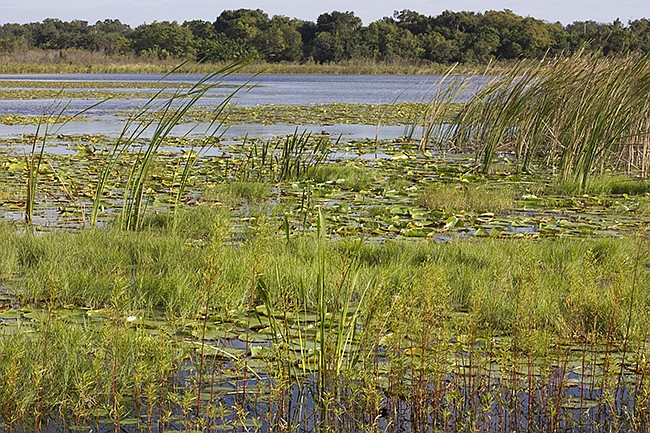- April 26, 2024
-
-
Loading

Loading

The Maitland City Council got its feet wet Monday, floating the idea of creating a wetland protection ordinance in the city.
The ordinance would create a protected 25-foot buffer zone around any wetlands in the city, and provide protective guidelines as to how those areas should be treated.
Maitland’s Lakes Advisory Board member Vance Guthrie told the City Council on Monday that the ordinance would help protect the city’s wetland resources not just today, but decades from now when existing properties are torn down and new ones are built near wetland boundaries.
“This is something that's best for our city, best for the future of our city, and for the future residents of our city,” Guthrie said.
Assistant City Attorney Drew Smith told the Council that the ordinance would offer further protection to Maitland’s wetlands beyond what is covered by the St. John’s Water Management District.
He said the ordinance would function similarly to local tree protection ordinances. When a developer wants to build on a property with numerous trees, the first step is always to try to save all the trees. If that can’t be done, he said, then you decide which will stay and which can go, and then you decide how they’ll be replaced. The wetland protection ordinance, Smith said, would first and foremost try to preserve as much wetland area as possible, and then provide rules as to how impact can be mitigated if necessary.
Currently, as drafted, if an agreement between the city and the property owner can’t be reached to preserve the designated wetland protection zone, a fee would be imposed which would deposited into the city’s environmental improvements trust fund. The trust fund would be used by the city to purchase, preserve or restore wetland areas.
Paul Ritter, the city’s stormwater and lakes management coordinator, said the value of the ordinance isn’t in how much money is made in fees, but in how much wetland area it is able to preserve. Imposing the fee, he said, after all, is a last resort.
“We hope you never get to the financial mitigation phase,” Ritter said. “…We want to work with the developer to work it out.”
Councilwoman Joy Goff-Marcil said there is no money-value equivalent to being able to preserve and improve wetland and water quality.
“We can’t put a price tag on that,” she said.
But Councilman Mike Thomas said he’s worried that the ordinance will end up costing the city more money than it’s worth by having to hire outside consultants to prove the benefit and worth of each buffer zone.
As Mayor Dale McDonald said, “Every deal is a snowflake.”
The city’s Planning & Zoning will review the ordinance at an upcoming meeting before bringing a final draft back to the City Council for approval.